What Makes Workwear ‘Good’? How to Choose Work Clothing That’s Actually Built for Work
Just because something’s labelled ‘workwear’ doesn’t mean it’s built for work. In today’s market, fast fashion brands have started tagging cheap hoodies, t-shirts, and even neon-coloured outfits as ‘workwear’ when they’re clearly not made for the job.
It might be styled like workwear, but it’s not designed to endure the realities of daily wear, industrial washing, or manual labour. It might look the part, but it won’t last. Worse, it won’t protect your reputation or your team.
At XAMAX®, we help businesses avoid expensive mistakes by choosing garments that are actually built for the demands of the job. Almost any job.
In this article, we’ll unpack what makes workwear genuinely good - and how to avoid gear that only looks the part.
- Page Contents
- Problem 1: Fast Fashion
- Problem 2: Unsafe safety wear
- Problem 3: Garments unsuitable for logos
- Problem 4: Poor fit
- Problem 5: No aftercare
- Problem 6: Just not fit for the job
- Conclusion
Problem 1: Fast fashion disguised as workwear
The problem
Plenty of retailers sell cheap polos, joggers, hoodies , and even overalls under the banner of ‘workwear’ - but they’re barely a step above casualwear.
Weak stitching, flimsy fabric (low GSM), and poor collar construction mean they don’t survive more than a few weeks of proper use. The result? Faded logos, stretched-out necklines, and garments that look scruffy long before you’ve had your money’s worth.
Why it happens
Fast fashion is moving into the workwear space because it sees a search trend, not a need. Brands are chasing aesthetics and volume, not durability or real-world utility.
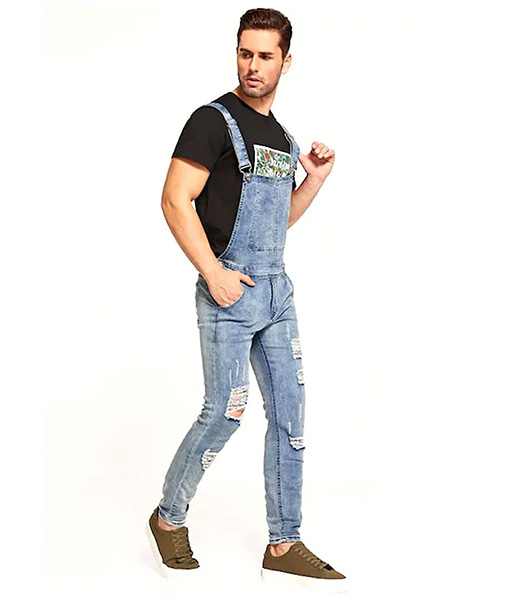
But what your business needs is clothing that works as hard as your people - in all weather, across shifts, and under pressure.
What else you could do
Check GSM (grams per square metre) for fabric thickness, look for reinforced stitching at stress points (like shoulders and side seams), and ask how garments perform in long-term commercial settings. Speak to suppliers who understand not just how it looks - but how it wears.
How XAMAX® solves this
We work with proven manufacturers and trusted suppliers to ensure every garment in our catalogue is tried, tested, and fit for purpose.
We don’t just choose garments that look smart; we choose garments that stay smart, even in warehouses, workshops, and weather.
Our curated range includes only clothing we trust - garments we’d wear ourselves - because your team’s appearance reflects your business.
Problem 2: Safety wear that isn’t actually safe
The problem
Some clothing brands are pushing neon garments that look like high visibility clothing but aren’t tested, certified, or compliant with UK standards.
That includes jackets, vests, and even t-shirts sold online or in high street stores labelled as “Hi Vis” - despite not offering any certified visibility rating.
Why it happens
Because fast fashion has hijacked Hi Vis - spotting a search trend and jumping on it with neon-coloured fashion items that may look the part but fail to meet any safety standards.
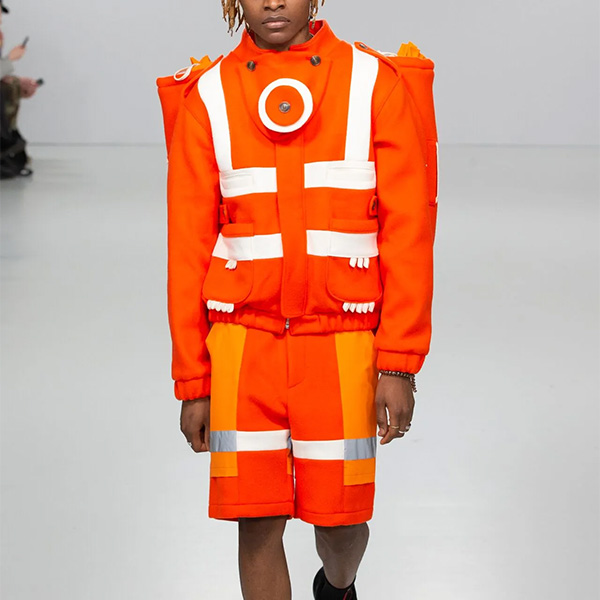
The term sells, even when the product doesn’t meet any safety spec. Some of these garments are sold as ‘festival wear’ or ‘rave gear’ - which might look similar to hi vis, but isn’t legally compliant for on-site use.
Others are simply cheap imports sold under the guise of workwear.
What else you could do
Always buy from a BSIF Registered Safety Supplier.
ALWAYS.
Look for garments that are EN ISO 20471 certified for high visibility, and that carry the appropriate labelling and CE markings. If it doesn’t have a certified class, it’s not safe - and could get your business in trouble.
How XAMAX® solves this
As a BSIF Registered Safety Supplier, every piece of hi-vis we supply meets legal UK standards. From certified jackets to polo shirts, waterproofs to t-shirts and hoodies - we don’t just sell bright clothing, we supply garments engineered for visibility, safety, and compliance.
You stay safe. You stay legal. No guesswork.
Problem 3: Garments that don’t support your logo
The problem
Workwear only works as a branding tool if it takes embroidery or print properly.
Thin fabrics or poor stitching cause logos to warp, pucker, or peel - giving your business a sloppy, low-quality look. And once it’s stitched or printed, it’s too late to fix without starting over.
Why it happens
Garments not designed for decoration simply can’t hold the detail of your logo.
Print can crack or bleed on the wrong fabric. Embroidery can bunch, pucker, or distort thin garments. It’s a technical process - and using the wrong base makes it fail.
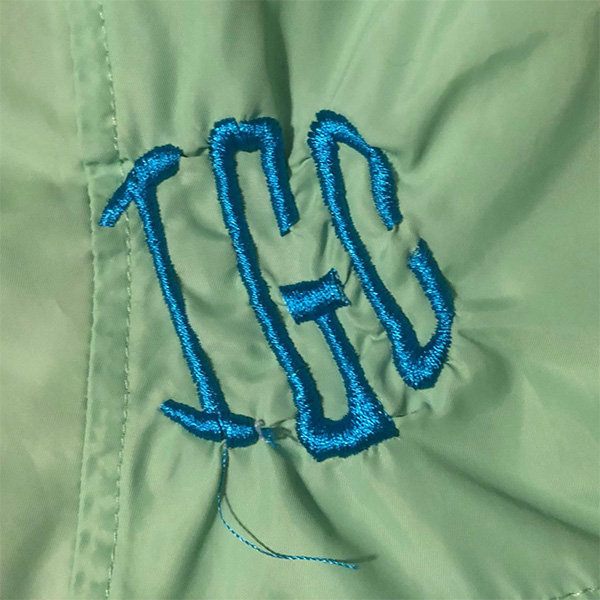
What else you could do
Choose garments specifically tested for embroidery or printing. Polos, hoodies, and jackets tend to take decoration better.
Avoid budget tees for embroidery unless you’re willing to compromise on finish. Ask your supplier how your chosen garment will behave with your chosen decoration method.
How XAMAX® solves this
We build ranges around the decoration method.
Want embroidery? We’ll steer you to polos and jackets that hang the logo right.
Want print? We’ll match you with tees and hoodies that show it off without cracking or peeling.
Because we decorate everything in-house, we know how it performs - before it ends up on your team.
Problem 4: Poor fit and limited size ranges
The problem
Cheap or generic workwear often comes in a narrow size range, poorly graded between sizes, and based on fashion cuts - not functional fits. This leads to discomfort, low confidence, and clothing that restricts movement or looks awkward on real bodies.
Why it happens
Fast fashion and bulk imports aim for the lowest common denominator.
They don’t invest in proper size grading, wear testing, or inclusive ranges. But a bad fit isn’t just a comfort issue - it makes people look and feel less professional.
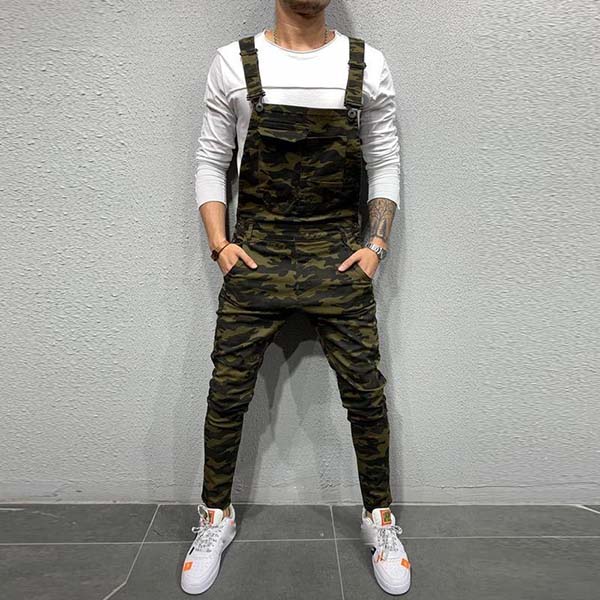
What else you could do
Look for suppliers that offer wide size ranges (including tall, short, or plus sizes) and garments graded for movement.
Ask about fit types (classic, active, slim) and whether samples can be tested before rolling out to a team.
How XAMAX® solves this
We offer workwear ranges that cover real teams - from XS to 6XL in many cases. And we know how each product fits.
If you’re unsure, we’ll help you spec the right garment by role, body type, or sector.
Because kit that fits gets worn with confidence - and that reflects on your business.
Problem 5: Lack of aftercare and wash durability
The problem
Even if a garment looks fine when new, it can quickly fade, shrink, or lose its branding if not washed correctly. If team clothing starts to look tired after a few cycles, it’s no longer workwear - it’s dead stock.
Why it happens
Many garments aren’t tested for industrial laundering, tumble drying, or extended wear.
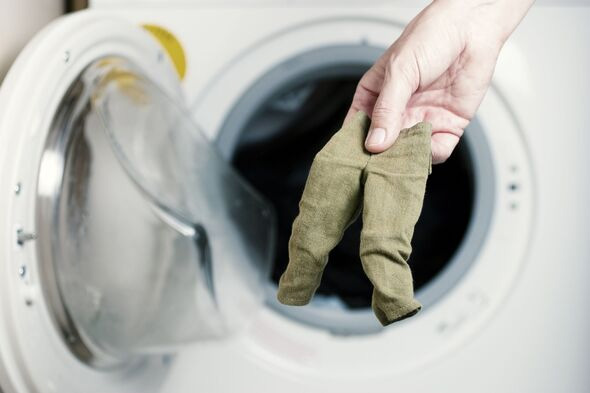
Decoration methods may not be wash-tested with the garment - especially not with your intended use case in mind.
Without that alignment, stitching can fail, logos can fade or distort, and you’ll be replacing kit far sooner than planned.
What else you could do
Check if your garments are tested for commercial laundering or specify machine-washable branding methods like screen print or durable embroidery threads.
Ask how long branding typically lasts under normal usage.
How XAMAX® solves this
We only offer decoration methods that match the garment’s purpose.
Need industrial wash-ready polos? We’ve got them - for men and for women. Need screen prints that won’t peel after the third wear? No problem - we know our stuff.
We match the garment and branding method to your use case - so it stays sharp, wash after wash.
Problem 6: No flexibility for specific job roles
The problem
Not all jobs are the same - and yet many businesses buy the same work uniform for every role. This leads to overheating, discomfort, or unsafe conditions depending on task, weather, or site rules.
Why it happens
Uniform buying often defaults to lowest price or visual uniformity, not functional practicality.
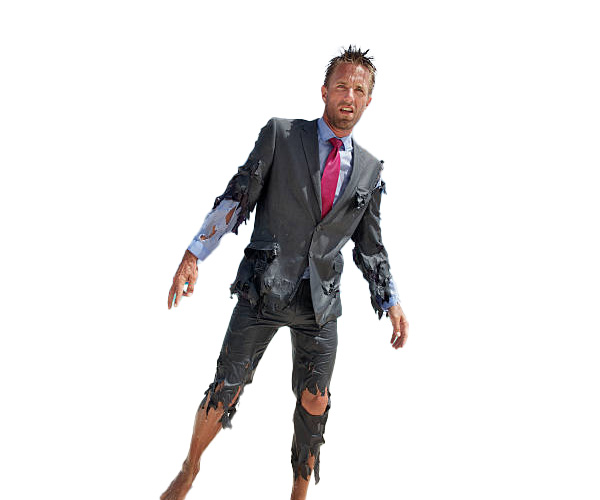
Fast fashion workwear ranges tend to be one-size-fits-all in approach, ignoring the nuance of different job roles.
What else you could do
Segment your kit by environment: hot/cold, indoor/outdoor, active/static. Choose breathable garments for heat, waterproofs for rain, or fleece linings for cold.
Comfort boosts morale - and performance.
How XAMAX® solves this
We advise on kit by role - not just by look.
If your warehouse team needs breathable polos but your delivery team needs waterproof jackets, we’ll find garments that match both needs and branding.
That way, everyone’s equipped for their job - and your business looks professional across every touchpoint.
Conclusion
Workwear isn’t just about clothing. It’s about confidence - in your team, in your appearance, and in the way your brand is perceived.
Choosing ‘good’ workwear means selecting kit that lasts, protects, and promotes - even after dozens of washes and long shifts.
It means asking harder questions than just price, and avoiding the fast-fashion trap that turns out cheap gear with no staying power.
It means trusting a supplier who knows the difference between garments designed for display and those built for a shift on site.
At XAMAX®, we work with proven manufacturers whose clothing is made to last and made to represent. Because when your team steps out in uniform, they’re representing you.
Explore our tested, work-ready ranges now or speak to our team about building your kit the right way.
- 6 Visual Cues That Shape Workplace Culture - 23rd September 2025
- How to Roll Out a Workplace Uniform Policy - 23rd September 2025
- What Makes Workwear ‘Good’? How to Choose Work Clothing That’s Actually Built for Work - 13th August 2025






